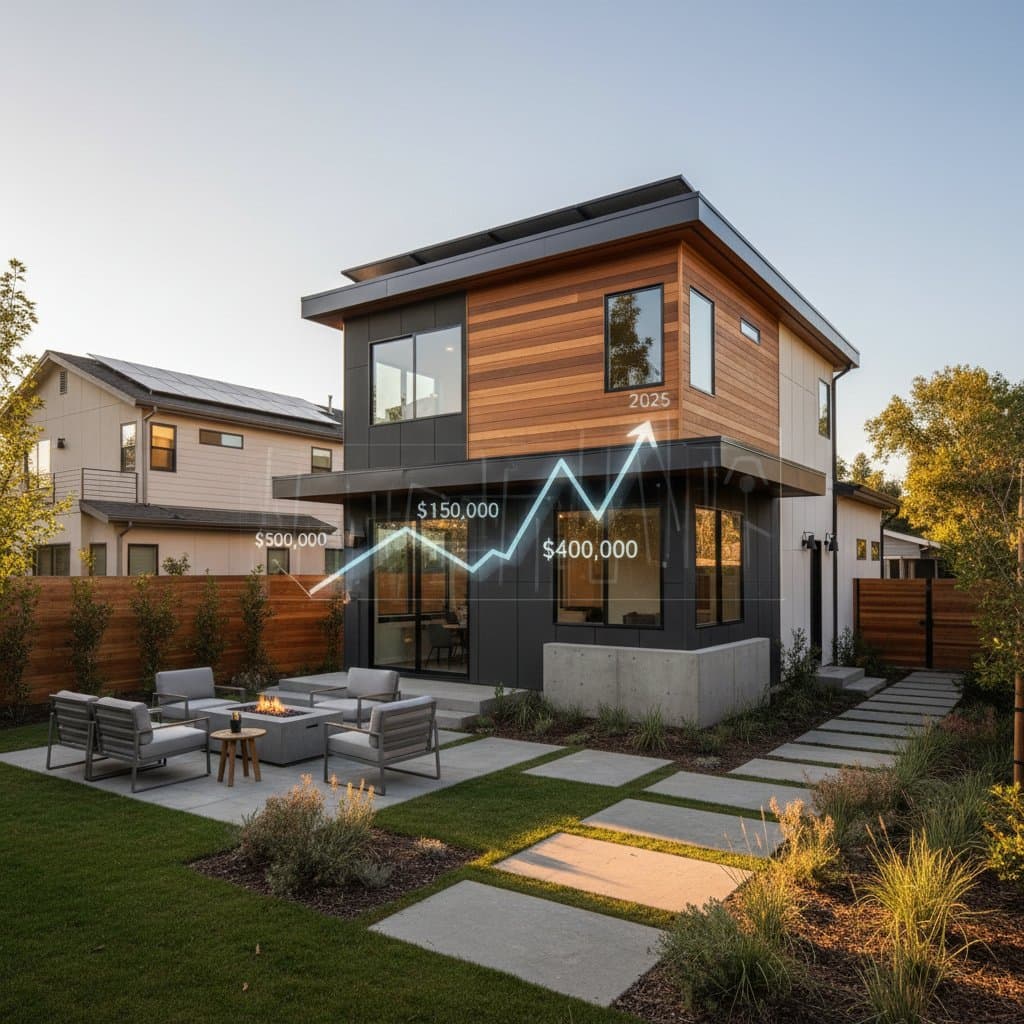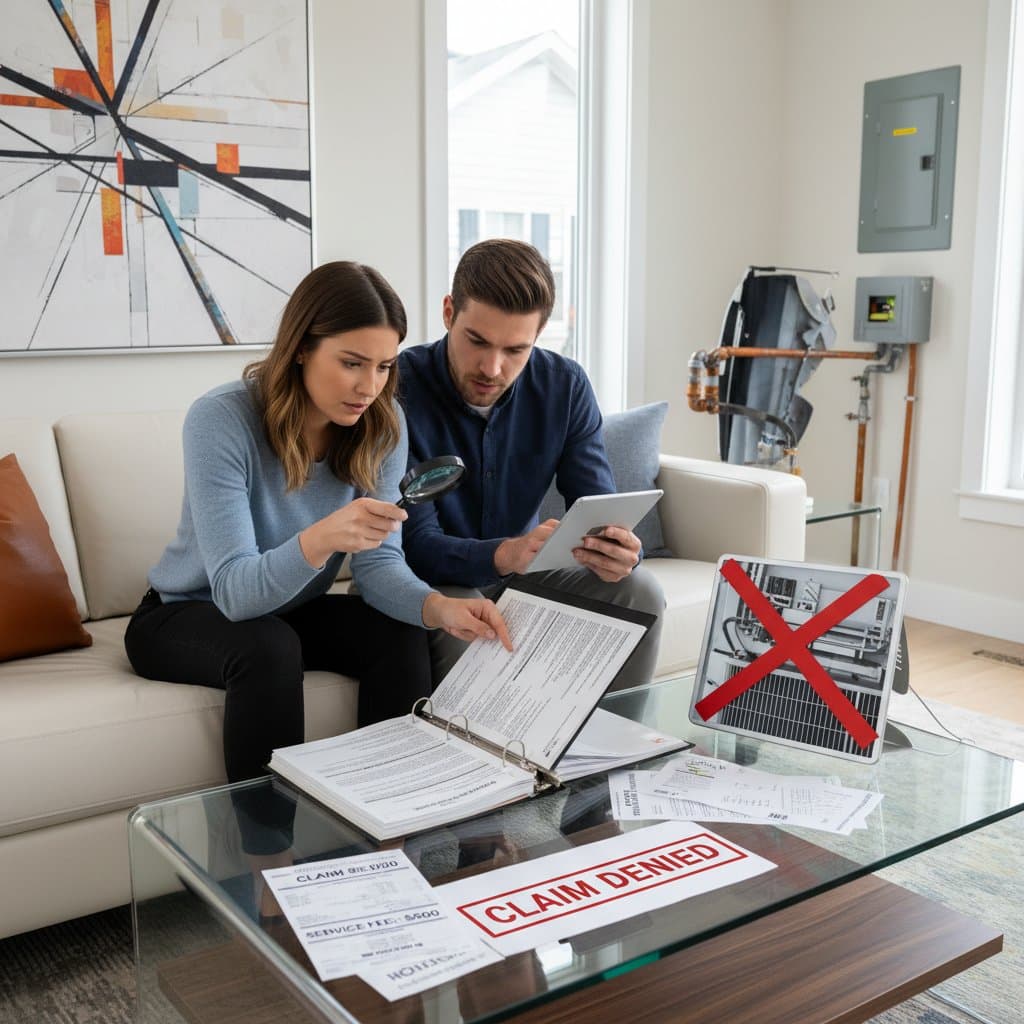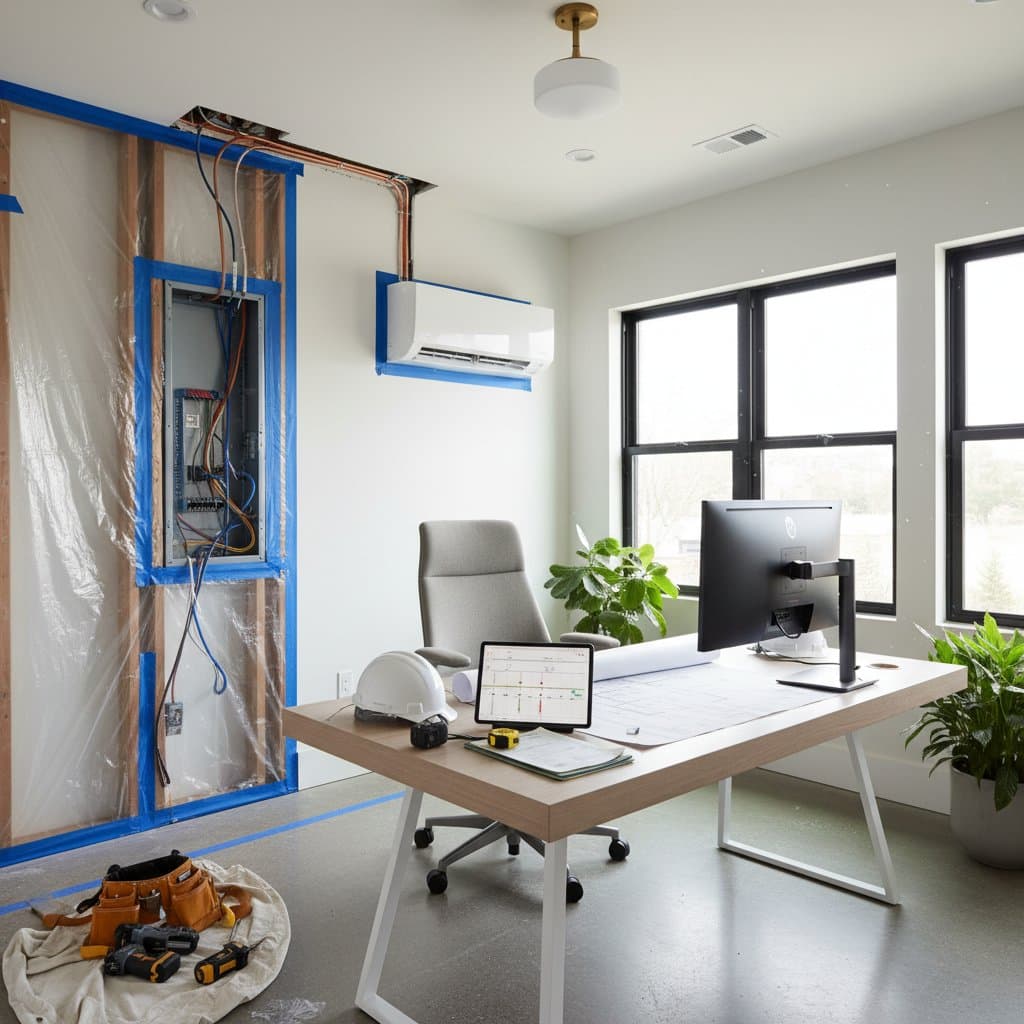How Much Does LVP Flooring Installation Cost? 2025 Pricing Guide
Luxury vinyl plank flooring combines the appearance of wood with the durability of synthetic materials to enhance living spaces. Professional installation costs range from $3 to $10 per square foot, and most homeowners pay about $6.50 per square foot for projects that cover materials and labor. This pricing positions LVP as an economical choice for both homes and businesses.
Three primary factors determine the total expense: the size of the floor area, the quality of materials, and the complexity of installation. Variations in regional labor rates and subfloor preparation also influence the final price. Data from industry sources indicate that well-installed LVP can raise a home's perceived value by as much as 12 percent through its lasting durability and visual appeal. Brands such as Shaw, CoreLuxe, and LifeProof provide water-resistant designs and authentic textures that match hardwood performance at lower costs. Selecting a skilled installer guarantees results that align with budget and style preferences.
Detailed Cost Breakdown
Professionals charge for LVP installation on a per-square-foot basis, with totals spanning $3 to $10 depending on material levels and labor demands. Basic setups begin at $3 per square foot, mid-tier projects fall between $5 and $7, and high-end installations with superior planks and underlayment exceed $10 per square foot.
Small jobs often incur minimum fees of $250 to $400 to account for labor and setup. National averages place the 25th percentile at $3.25 per square foot, the 50th at $6.50, and the 75th at $9.75, encompassing materials and labor.
Size and Scope Factor
The floor's dimensions directly impact the overall expense through a straightforward calculation. Adding 100 square feet generally increases costs by $350 to $700 based on material type. For instance, a 500-square-foot living room with mid-range planks might total $3,000, whereas a 1,000-square-foot open layout could approach $6,500.
Larger areas frequently receive discounts of 5 to 10 percent, particularly via contractor platforms like Angi or Thumbtack. Benchmarks from flooring associations highlight that LVP thrives on even subfloors; uneven surfaces demand leveling compounds at an extra $1 to $2 per square foot. Removing existing flooring contributes another $0.50 to $1 per square foot, varying with adhesive or residue challenges.
Material and Quality Tiers
Entry-level LVP from brands like TrafficMaster or Style Selections prices at $1.50 to $2.50 per square foot. These planks include a 6- to 8-mil wear layer and a 10-year residential warranty, prioritizing cost over heavy-use resilience.
Mid-range options from CoreLuxe, Shaw Floorte, or Mohawk SolidTech cost $3 to $5 per square foot. They feature 12- to 20-mil wear layers and 15- to 25-year warranties, offering enhanced scratch protection and lifelike patterns suitable for busy homes.
Premium selections from Stainmaster, Karndean, or Armstrong Pryzm range from $6 to $8 per square foot. Equipped with 20- to 30-mil wear layers, waterproof cores, and lifetime warranties, these planks endure 20 to 30 years with basic care, providing strong returns.
Underlayment choices add to expenses: basic foam costs $0.30 to $0.50 per square foot, while cork or rubber for noise reduction adds $1 to $1.50. Integrated underlayment in planks proves useful for multi-level homes to limit sound transmission.
Complexity Variables
Installation challenges can significantly alter pricing. Rooms with intricate shapes or transitions require $1 to $2 more per square foot for detailed cuts and trim. Tasks like baseboard removal, door adjustments, or cabinet fittings extend labor time.
Site access plays a role; upper-floor work without elevators raises costs by 5 to 10 percent for material transport. Basements with humidity need vapor barriers at $0.50 to $1 per square foot. In multi-unit buildings, code requirements may dictate underlayment types, affecting selections and totals.
Location creates variations: cities like New York or San Francisco add 20 to 30 percent to labor due to higher rates, whereas rural areas benefit from lower overhead. Midwest and Southern contractors often provide the best value.
Service Types and Comprehensive Pricing
Basic or Standard Installation Package
Standard packages cover on-site measurements, subfloor cleaning, minor leveling, plank laying via click-lock or glue-down, and edge trimming. Labor spans one to two days for 300 to 500 square feet, with costs from $1,500 to $3,500 based on materials. This suits dry areas like bedrooms or hallways.
Premium or Comprehensive Service
Premium options build on basics by adding old flooring removal, subfloor repairs, moisture barriers, custom transitions, stair nosing, furniture relocation, and cleanup. For 700 square feet, expect $4,500 to $7,500, a 25- to 40-percent increase that boosts longevity by five to ten years. Such services justify investment for uneven floors or luxury planks.
Add-On Services and Bundle Savings
Frequent extras include old flooring removal at $0.75 to $1.25 per square foot, baseboard replacement at $3 to $5 per linear foot, moisture barriers at $0.50 to $1 per square foot, and furniture moving at $100 to $300 flat. Bundling yields 10- to 15-percent savings over separate hires. Platforms like HomeAdvisor and Angi facilitate quote comparisons and credential checks.
Professional vs. DIY Analysis
DIY Cost Breakdown
DIY efforts cut labor but reveal other expenses. Retail planks like LifeProof or NuCore run $2.50 to $4 per square foot, underlayment $0.40 per square foot, and trim $1.50 per linear foot. Essential tools comprise a vinyl cutter ($60), tapping block ($25), spacers ($10), measuring devices ($30), and a rented roller ($20 daily).
A 500-square-foot DIY totals $1,800 to $2,200, plus 12 to 18 hours for novices. Errors in alignment or preparation may cause issues requiring $ hundreds in fixes.
Professional Advantages
Experts finish a 500-square-foot job in one day, conserving 15 hours. Their tools and skills minimize waste by 5 to 10 percent and include $300- to $500-worth of workmanship warranties. Liability coverage protects against mishaps.
Professionals add $1,200 to $1,500 but ensure superior durability, appearance, and reliability. This choice excels for time-strapped owners or tricky designs.
Decision Framework
Opt for DIY in small, straightforward rooms with few edges. Choose professionals for expansive, uneven, or damp spaces, or high-value materials. Error costs and resale impacts often surpass labor savings.
Actionable Cost-Saving Strategies
Timing Optimization
Demand fluctuates seasonally; spring starts and fall ends offer 5- to 10-percent labor reductions versus summer peaks. Midweek appointments fill installer schedules and may discount rates, shortening waits.
Smart Shopping Tactics
Secure three quotes to benchmark prices, revealing up to 20-percent gaps. Use platforms for verified bids, negotiate inclusions like free removal, and pay incrementally for oversight. Wholesale or clearance material buys slash costs by 15 percent or more.
Preparation Actions
Handle carpet or laminate removal to save $0.75 to $1 per square foot. Clean and level subfloors ahead to trim hours. Specify layout needs clearly to avoid changes. Prepared sites let crews prioritize quality.
Market Dynamics and Considerations
Geographic Variations
Urban centers impose 15- to 25-percent premiums from elevated labor and permits. Suburbs and rural spots lower totals but limit installer options. High-cost states raise rates; contractor-rich areas foster competition.
Market Timing
Supply chains, resin availability, shipping, and inflation adjust prices by 5 to 8 percent quarterly. Contractors adapt quotes to promotions; flexible scheduling captures surpluses for deals.
Value Indicators
LVP yields 60- to 75-percent resale returns. Its insulation cuts heating bills, and low maintenance avoids hardwood refinishing costs over years.
Related Services Ecosystem
Pair LVP with upgrades for cohesion:
- Baseboard and trim replacement: $3 to $6 per linear foot for refined edges.
- Subfloor leveling: $1 to $2 per square foot to avert gaps.
- Moisture barriers: $0.50 to $1 per square foot against damage in wet zones.
Integrating these during work saves 10 to 15 percent and ensures compatibility.
Securing Long-Term Benefits
LVP delivers aesthetics, strength, and economy in equal measure. Proper setup ensures decades of service with simple upkeep. Select thick wear layers, skilled teams, and off-peak timing; retain warranty records for protection.
Beyond numbers, LVP elevates daily living and asset worth. Informed decisions with pros yield quality floors that endure without excess spend.



